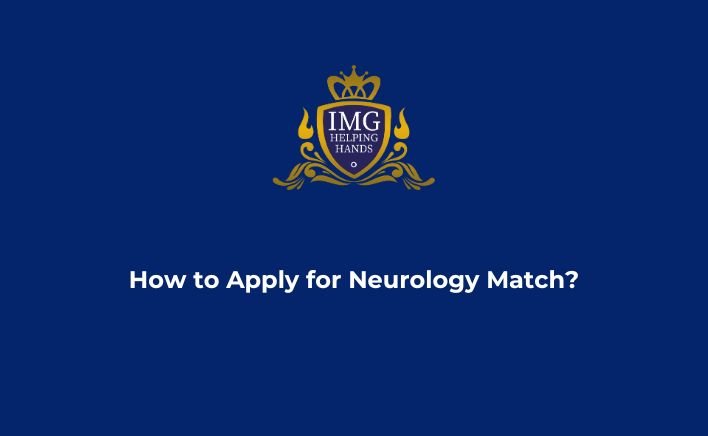

Applying for a residency might appear intricate, but fear not! Let’s break down the steps of this journey to your desired residency. Here is complete guide for an IMG how to apply for Neurology Match in 2023.
Interviews are based on your credentials, personal statement, and letters of reference. Use this chance to gather insights
After interviews, create a ranking list of preferred programs for the Neurology Matching Program.
Get our most valuable tips right inside your inbox, once per month!